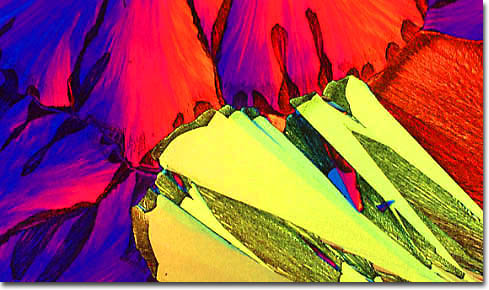|
Atrazine is a powerful herbicide and a member of the symmetrical triazine class of pesticides. These chemicals are strong inhibitors of photosynthesis that work by interfering with the Hill reaction. The Hill reaction is a water-splitting (photolysis) light initiated reaction that results in the production of free oxygen by plants. The mechanism of action for Atrazine appears to be due to a herbicide-produced deficiency in the growth regulator photosynthtate, caused by inhibition of photosynthesis. The tolerance of certain higher plant species to Atrazine is probably a result of their ability to rapidly degrade the herbicide to non-toxic metabolites. Some of the common annual weeds that are sensitive to Atrazine are chickweed, cocklebur, foxtails, lambsquarters, mustards, pigweeds, ragweed, smartweed, and wild cucumber.
|
